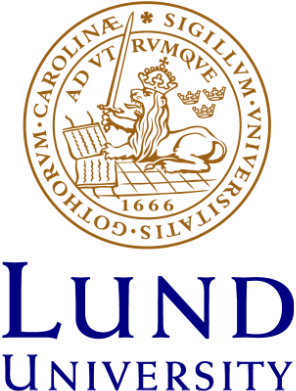Overexpression of heparan sulfate 6-O-sulfotransferases in human embryonic kidney 293 cells results in increased N-acetylglucosaminyl 6-O-sulfation
Heparan sulfate (HS) interacts with a variety of proteins and thus mediates numerous complex biological processes. These interactions critically depend on the patterns of O-sulfate groups within the HS chains that determine binding sites for proteins. In particular the distribution of 6-O-sulfated glucosamine residues influences binding and activity of HS-dependent signaling molecules. The protein
